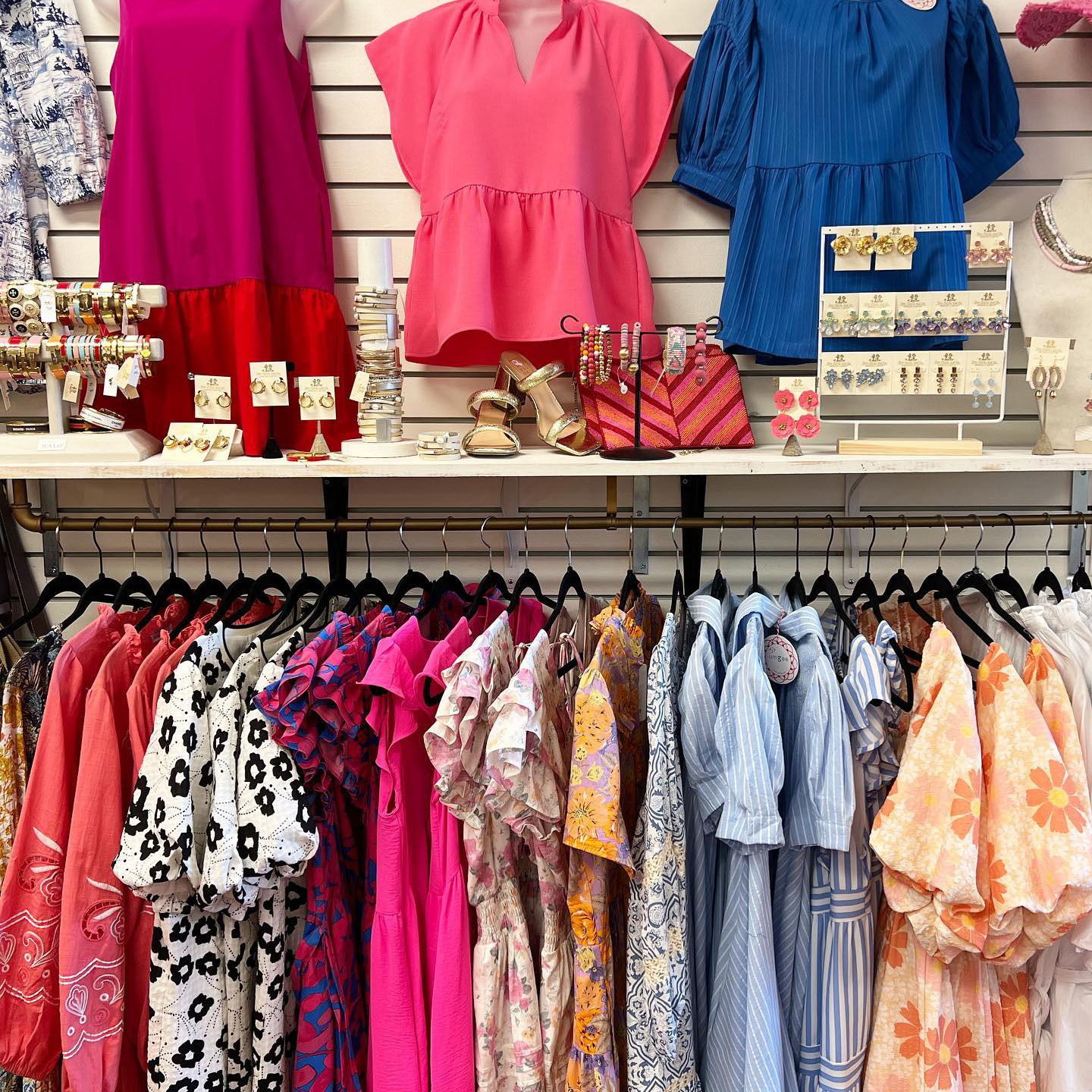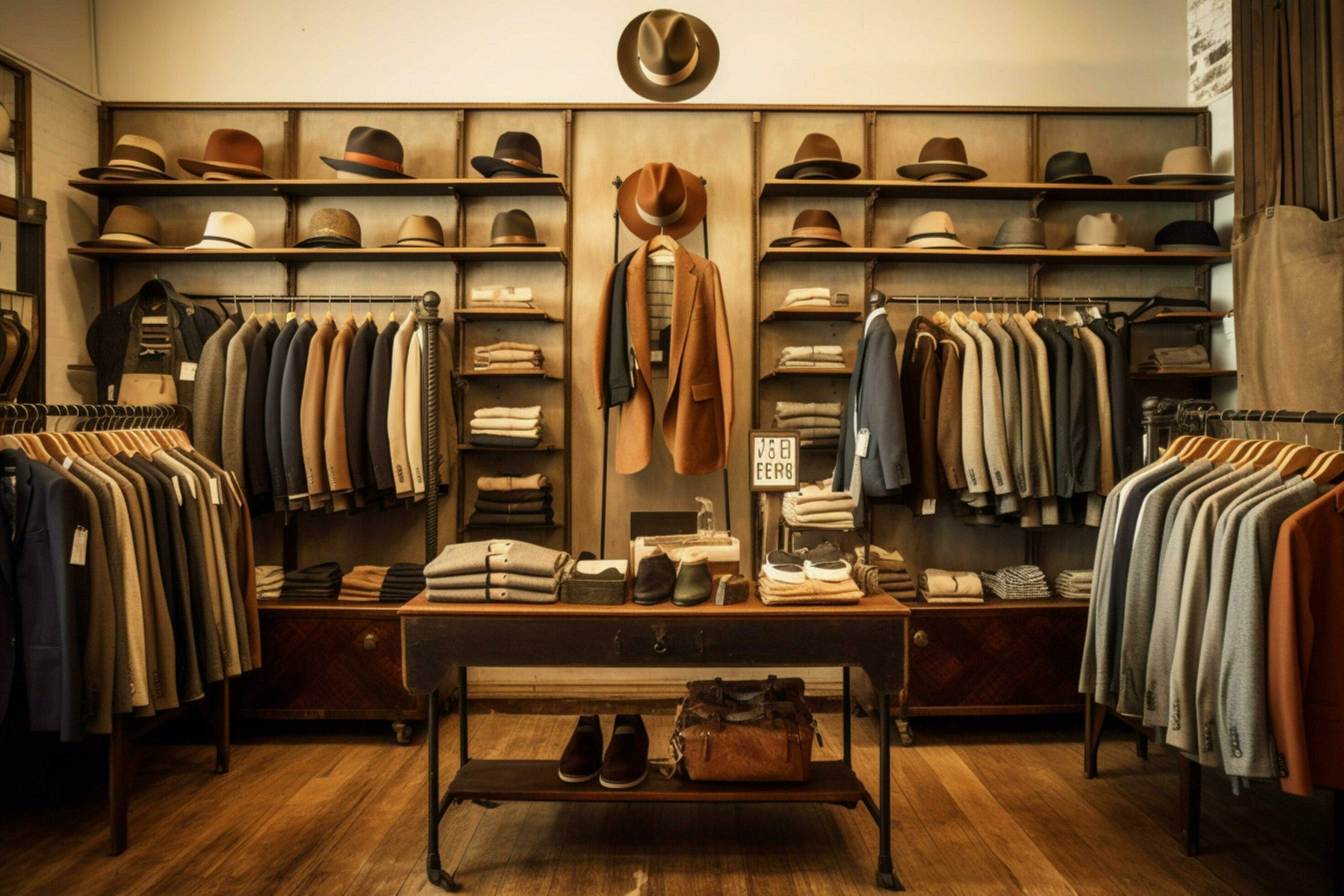Checking Out the Advancement and Impact of Garments on Modern Fashion Trends
The advancement of clothes has considerably influenced modern-day style patterns, merging historical criteria with sophisticated advancements. Legendary numbers like Coco Chanel and Yves Saint Laurent revolutionized the style sector by presenting ideas that focus on convenience and ease of access, which proceed to reverberate today.
Historic Style Influencers
In the tapestry of fashion background, particular figures have actually left an indelible mark, forming the trends and designs that define entire periods. Coco Chanel, a cutting edge designer, redefined women's style by presenting comfy, classy clothes that left from limiting bodices. Her legendary Chanel suit and little black outfit have come to be classic staples in wardrobes worldwide. Christian Dior's post-war "New Look" in 1947, with its celebration of femininity with complete skirts and cinched waists, marked a return to opulence and has actually continued to affect designers.
Elsa Schiaparelli is one more critical number, renowned for her progressive styles that incorporated surrealist art, working together with Salvador Dalí to create whimsical pieces that tested traditional aesthetic appeals. Her cutting-edge use shade and bold patterns resounds in contemporary style. Yves Saint Laurent, at the same time, equalized high style with prêt-à-porter collections, bringing runway styles to the masses and setting a criterion for contemporary ready-to-wear lines.
These enthusiasts, among others, not just reinvented fashion in their times yet also established withstanding fads that resonate in today's apparel industry, offering a structure upon which modern-day designers remain to build and innovate. Their heritages emphasize the importance of creative thinking and daring in vogue's ever-evolving narrative.
Technological Innovations in Style
In the middle of the dynamic landscape of the fashion business, technological innovations stand at the forefront of innovation, improving how designers develop and customers involve with fashion. The combination of 3D printing has actually changed style processes, enabling developers to trying out complex structures and sustainable products that were previously inconceivable. This technology helps with quick prototyping, lowering waste and accelerating manufacturing times.

Smart textiles, embedding innovation into textiles, are also transforming the sector. Innovations like self-cleaning and temperature-regulating fabrics use improved functionality and convenience. Wearable technology, integrating features like fitness tracking and interaction, adds a new measurement to style, merging aesthetic appeals with usefulness.
Social Changes and Style
As technological innovations remain to reshape the fashion business, social changes are similarly prominent, redefining style and customer choices. In recent times, the increase of social media sites platforms has sped up the dissemination of international fashion trends, enabling diverse cultural influences to exist side-by-side and assemble. This digital interconnectivity has actually assisted in the rapid exchange of concepts, causing an extra diverse and inclusive analysis of style that reflects the multifaceted nature of contemporary society.
Social recognition and recognition have triggered designers to draw motivation from a broader spectrum of historic and ethnic contexts, incorporating conventional themes with contemporary aesthetics. This fusion has resulted in fashion that resonates with go now a broader target market, promoting a sense of identity and belonging across various demographics. Furthermore, the enhancing demand for personalization has driven brands to use customizable alternatives, allowing consumers to express uniqueness while reflecting their social heritage.
Furthermore, changing societal worths have influenced style, with inclusivity and variety becoming main motifs. The sector has started to embrace versions and influencers of numerous physique, ethnic cultures, and sex identities, tough standard elegance criteria. This change underscores the power of social changes fit the future of style, as style comes to be a much see this website more genuine expression of collective and individual identity.
Sustainability and Modern Design
While the fashion business proceeds to advance, the critical for sustainability has actually ended up being significantly urgent, influencing modern-day layout methods. This change intends to deal with environmental concerns and ethical factors to consider, resulting in a reevaluation of standard production approaches. Designers are now incorporating sustainable materials, such as organic cotton, recycled polyester, and naturally degradable fabrics, into their collections, lowering the ecological footprint of fashion. The surge of slow-moving style, which stresses high quality over quantity, urges customers to buy ageless pieces rather than transient fads.
Furthermore, modern layout is identified by its innovation in reducing waste and promoting circularity. This strategy not just alleviates environmental impact however likewise enhances the social duty of fashion homes.

Future Trends in Fashion

Sustainability will proceed to be a driving force in shaping future style fads. The market is significantly taking on environmentally friendly materials and honest production methods, responding to an expanding customer need for liable methods. Innovations such as bio-fabricated products and closed-loop recycling systems are readied to redefine just how apparel is produced and taken in, reducing ecological influence while maintaining style and high quality.
Social changes, including the rise of inclusivity and diversity, will certainly additionally play a crucial function. As culture becomes a lot more conscious of social visit this web-site problems, fashion is expected to become a system for expression and change. Designers will likely concentrate on creating collections that mirror a broader variety of experiences and identifications, championing depiction and access.
Conclusion
The evolution of apparel considerably impacts contemporary style patterns, where historic influences combine with contemporary layouts. Secret figures like Coco Chanel and Yves Saint Laurent have actually redefined design, while technical technologies such as 3D printing and wise textiles expand innovative possibilities. Social changes towards inclusivity and sustainability force brands to adopt honest methods and accept variety. This recurring development highlights style's role as a mirror to societal values and technological advancement, recommending a future abundant with advancement and inclusivity.
The evolution of garments has actually dramatically affected modern fashion fads, merging historic criteria with cutting-edge technologies.Amidst the dynamic landscape of the style market, technological developments stand at the center of technology, reshaping exactly how developers create and customers involve with fashion.While the fashion sector proceeds to progress, the imperative for sustainability has actually come to be significantly urgent, affecting modern-day style practices. As sustainability ends up being embedded in modern style, it paves the way for an extra liable and mindful fashion sector.
The advancement of apparel considerably influences modern-day style fads, where historical influences merge with contemporary styles.